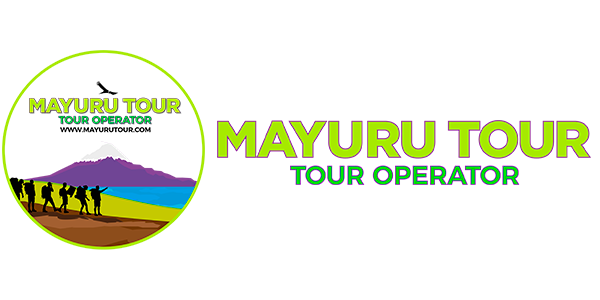Color & Tradition in the Chilean North
The high number of celebrations and festivities is impressive. Religious, agricultural or popular celebration, on every opportunity the region is full of dances, music, singing and traditions of different origins.

In the north, for example, there and many festivities that take place in villages of the highlands. Some of the most important festivals are:
- The carnival in Putre: Before the Cuaresma is celebrated on the last days of February, the Aymaras of the surrounding villages in the highland meet up in Putre to celebrate the colorful carnival. A great part of the dances, the clothing and the rhythms that accompany the feast are Andean traditions.
- The celebration of the Pachamama (Mother Earth): In almost all the communes in the north of Chile is celebrated the Pachamama in August, a thanksgiving to the Mother Earth for its gifts, for taking care of the animals and for protecting especially the small villages. With different rituals the men demonstrate the importance of and the respect for the nature.
- The Tirana: Every July 16th a small village in the dry north of Chile is decorated with beautiful colors and religious devotion. Heathenish dances are mixed with godliness, and thousands of faithful believers make their way to the village Tirana, which is located 19km of PonzoAlmonte, to adore the Virgin Carmen de la Tirana de Tarapacá. This celebration every time is like a rebirth of the village, that normally not is habited for the most time of the year. However, in this one week (the festivity begins around July 12th and ends July 18th) the streets are full of people whose colorful clothing is a great contrast to the desert. The tragic legend of a couple in love, a young Spanish man and a pretty Inca girl, known as the Tirana of Tamarugal, are the reason for this festivity. A priest once found a cross in the middle of the pampa where the couple was buried, and right there they built the temple where nowadays the picture of the virgin can be found that attracts thousands of pilgrims every year. During the days of celebration different dancing groups show their choreographies, some of which are still from origin pre-Hispanic and most of which end adoring the virgin. Accompanied by drums and trumpets the dancers finally enter the temple.
- The bull Pullay: On the last days of February the carnival of the Yellow Earthis celebrated in a village with the same Name. One of the most popular days of celebration is the day of the bull Pullay, which represents the rebellion of the people against the abuse. Therefor the dress up and use masks of famous people, including authorities of the country or the region. Furthermore the funeral of a mine worker is reconstructed, with the widow, the priest, the friends, the drunk of the village and other persons helping and exposing the perfidiousness and the irony of this festivity.
- Agricultural Celebration in El Tránsito: In the second week of February there is an agricultural festivity in El Tránsito, a commune in Alto del Carmen, which combines competitions and spectacles of the countryside, celebration the end of the vintage. On the first day, the feast is animated by different folkloric groups and comedians. During the second day, there is a taming of colts and bullocks, and under the moon of El Tránsito Alto the traditional rodeo takes place. Finally, on the last day the festivity reaches highlight with Chilean footraces. It is possible to try typical Chilean food like the empanada, cazuela, wine and pajarete, a typical liquor of the zone.
- The festival of La Pampilla: From September 17th to September 21st a huge festivity takes place in the sector of Coquimbo, known as La Pampilla, that attracts a great number of people from all over the country. Appreciating Chilean competitions, typical food and international artists the people celebrate the most popular festivity of Chile. This celebration originates in 1864, the year when the Brigada Cívica de Artilleria started with military exercise. These exercises always have attracted many people, some of which took the opportunity to spend the Celebrations of the Home County there. However, there are still persons who ascribe the origin of the festivity to the triumph over Bartolomé Sharp of the foundation of the first governmental council in 1810.
